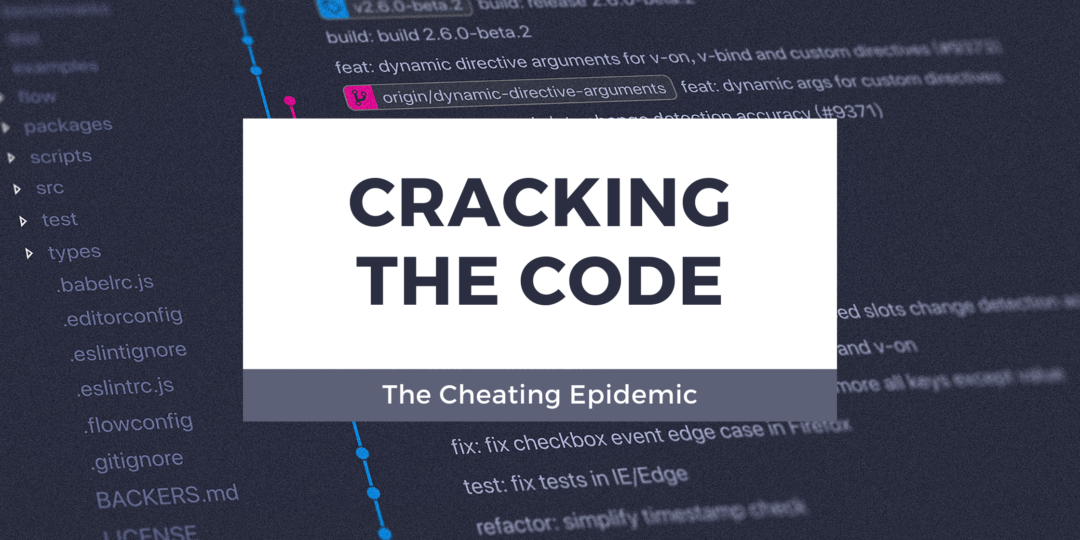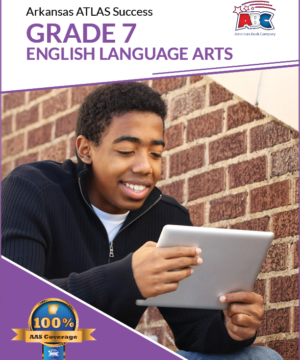Cracking the Code // The Cheating Epidemic
- Aug 06, 2021
- By Ashlee B
- In Uncategorized
Cheating is one of the most prominent issues in our classrooms and with the shift into digital and remote learning, it has only become easier for students to find new avenues for cheating. With the uncertainty of the pandemic and if students will remain in the physical classroom all year, it may be a good idea to refresh on some of the most creative cheating methods that our students are using in the digital space.
With these methods in mind, you may be able to take some preventative measures and keep your students on the right track!
Student Networks
Remote students use their phones to form group chats that do not include the teacher to share answers. Phones are kept to the side of the computer so that the student remains on-screen in field-of-view, and the educator is left out of the loop.

via Unsplash
You may be able to prevent this by requiring the students to keep their phones in the camera view during their tests. It may not be 100% effective, but it will cut down the communication during assessments.
Code Manipulation
Tech-savvy students can often check the coding of a webpage to see if test answers are embedded in the code. On some testing platforms, the answers are readily available.
Unfortunately, there isn’t a whole lot you can do to prevent this form of cheating. Though there is software that allows you to keep an eye on your students’ screens, it’s not always easily available. We suggest you do your own digging beforehand and figure out if you can find the answers yourself.
Old Faithful Google Search
Sometimes, a teacher may use a publicly available site for his or her quiz platform, or may build an electronic test off of a paper quiz available online.
The problem: A simple web browser search string of the question can usually find the answers, or pull up the whole test as the answers are usually also posted with the questions when it is freely available.
We suggest you use resources like American Book Company, who have digital resources available but in programs that aren’t shareable without access codes or login information. This will keep your testing blueprint safe from prying students.
The Off-Camera Life Line
A sibling, friend, or parent could sit alongside the student (out of the line of sight) and provide answers to the student independently by either saying the answers, or performing web browser or student textbook searches on a separate device.

Via Unsplash
This is another one of those that is hard to control. But, being diligent in watching for signs of off-screen interactions will be your best bet in catching cheaters.
Paraphrase Tools
Unfortunately, technology isn’t always on the side of the honest. Freely available software has the ability to paraphrase essay answers. Students can google an exemplary answer to a question posed in “Romeo and Juliet”, for example, that the professor may have used in his or her test. They can then copy and paste this answer into a paraphrase tool and use this now publicly unavailable answer into their test. The educator verifies that this answer is not the answer available anywhere through a web search or with a test or essay checker software, and it is usually accepted.
This is one of those times when getting to know your students’ writing style is so important! If it seems fishy, ask some questions.
Equation Solvers
Students have the capability to solve math problems by taking a picture of the equation and uploading it to an app or so an online search and solve the problem instantly.
This is yet another good reason to keep phones in sight during these critical learning moments. You can also stick to word problems and that should eliminate the issue.
More Ways to Discourage Cheating
We have a few more ideas that may help you as we continue to navigate this new teaching environment.
Open-Note = Less Pressure to Cheat

via Unsplash
Consider letting your students take tests open-note. We understand that there are some drawbacks to this because you are essentially testing your students’ research skills and retention. However, this does alleviate some of the pressure to cheat and allow your students to learn the value of research and note taking in preparation for tests.
Adaptive Testing
Distributing different versions of the same tests to different students and even different classes can sometimes be enough to trip up the methods that we mentioned earlier.
Shorten the Testing Window
Cheating takes time and if students feel like they don’t have enough time to get away with it successfully, they may not even try. At the same time, this method isn’t ideal if you have students with testing anxiety.
While we understand that the best solution to meaningfully reduce cheating is in-school participation, however, knowing the methods and techniques currently in use, educators can try to find ways to make cheating not-so-easy in a remote environment. We encourage you to be diligent and get to know your students and how they think. This will probably clue you in on what types of preventative measures you should take.
We want to hear from you! Tell us about some of your experiences with students cheating in the classroom. Also, how do you handle teaching your students about the importance of academic integrity? Hopefully we can all learn from each other’s experiences and move closer to a cheating-free learning environment!
Don’t forget to follow us on Facebook, Instagram, LinkedIn, and Twitter for updates on our products and company! If you haven’t subscribed to our newsletter, you can do that here!





